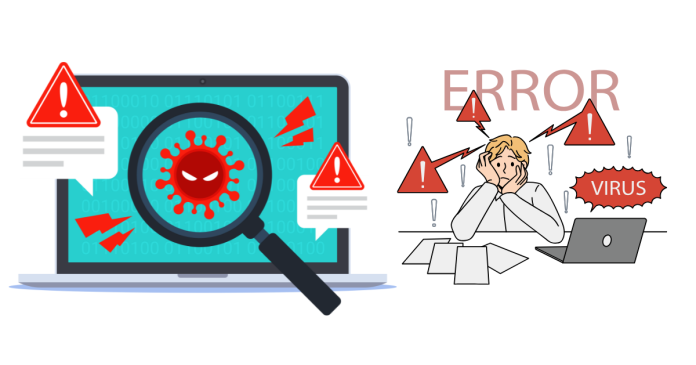Key Differences Table
| Feature | Worms | Viruses |
|---|---|---|
| Propagation | Spread automatically via networks | Spread through infected files or software |
| Host Requirement | Do not need a host | Require a host to attach to |
| User Action | No user action required | User action (e.g., opening files) needed |
| Impact | Network congestion, spreading payloads | Corrupt files, crash systems |
| Speed of Spread | Very fast | Slower than worms |
| Examples | Morris Worm, Conficker Worm | ILOVEYOU, Melissa Virus |
Worms and viruses are types of malicious software (malware) designed to disrupt computer systems and networks. While they share some similarities, their behavior and methods of propagation differ. Here’s a detailed comparison:
1. Worms
- Definition:
- Worms are self-replicating programs that spread across computers without the need for a host file or user action.
- Propagation:
- Worms spread independently by exploiting vulnerabilities in networks or software.
- Impact:
- Often cause network congestion and slowdowns by replicating in large numbers.
- Can deliver payloads like ransomware or spyware.
- Host Requirement:
- Do not require a host file or program to spread.
- Behavior:
- Focus on spreading rapidly through networks or email systems.
- May act silently until significant damage is caused.
- Examples:
- Morris Worm: One of the first worms to impact the internet.
- Conficker Worm: Targeted Windows systems.
2. Viruses
- Definition:
- Viruses are malicious programs that attach themselves to legitimate files or software to infect a system.
- Propagation:
- Spread when infected files or software are opened or executed by the user.
- Impact:
- Can corrupt files, steal data, or crash systems.
- Often require user action, like clicking on a malicious attachment, to activate.
- Host Requirement:
- Require a host file or program to attach themselves and spread.
- Behavior:
- Spread slower compared to worms as they rely on user actions.
- Designed to harm the system, corrupt data, or display unwanted messages.
- Examples:
- ILOVEYOU Virus: Spread through email attachments.
- Melissa Virus: Affected Microsoft Word documents.
How to Protect Against Worms and Viruses
- Use Antivirus Software: Keep it updated to detect and remove threats.
- Update Systems Regularly: Apply patches to fix vulnerabilities.
- Avoid Suspicious Links/Emails: Don’t click on unknown attachments or links.
- Enable Firewalls: Prevent unauthorized access to your network.
- Backup Data: Ensure important data is safe in case of an attack.



